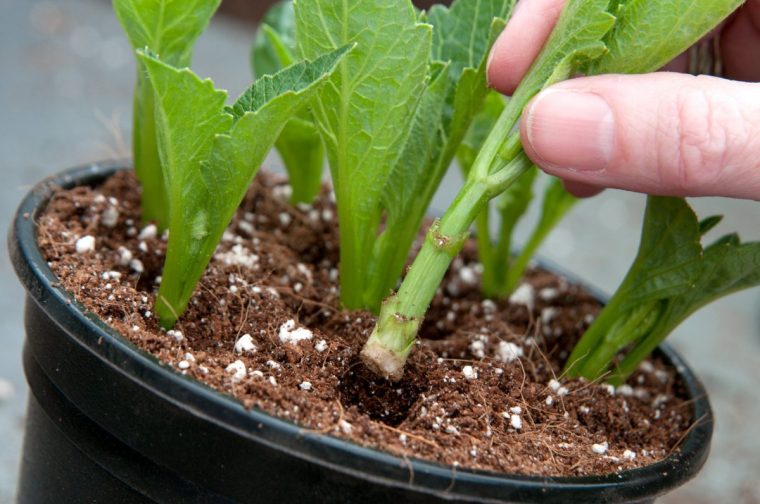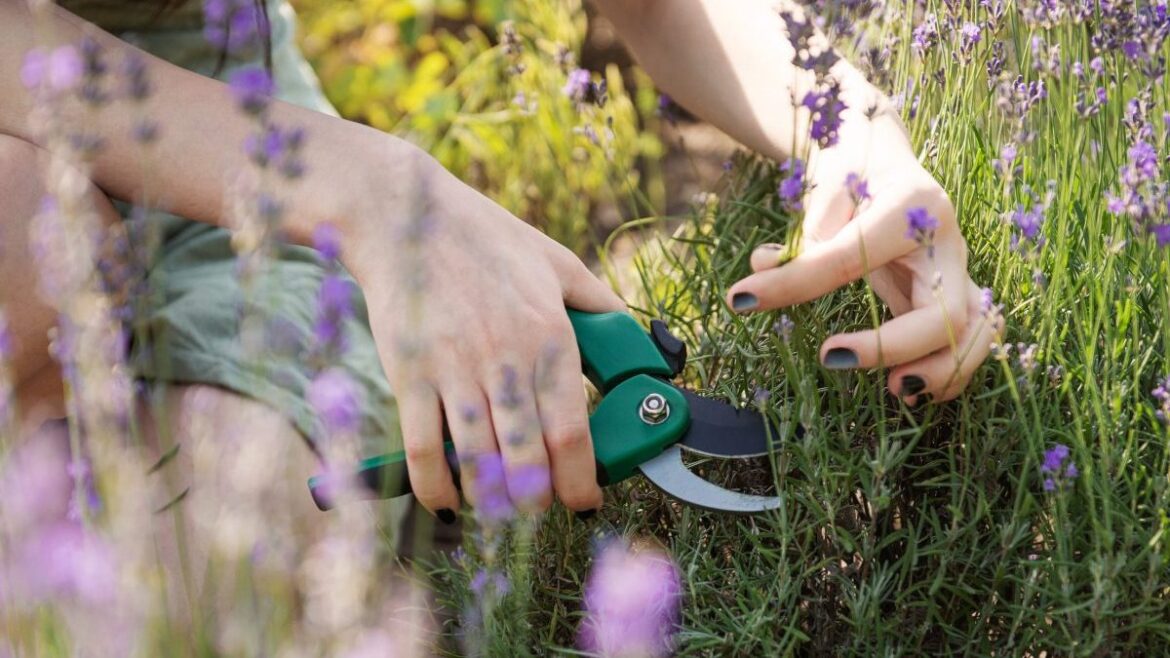Summer cuttings are a cheap and easy way to add more plants to your garden – and now is the best time to start
Summer is the time to take cuttings, 5-9cm long, of new non-flowering shoots of many shrubs, herbaceous plants, tender plants and alpines. The young leafy shoots are able to form roots – so each little shoot has the potential to make a new plant when inserted into suitable potting compost and covered to prevent wilting.
However, they can easily wilt or rot unless a few simple remedies are followed.
The atmosphere around the cutting must be humid. If cuttings wilt, their pores (stomata) that let in the carbon dioxide needed for photosynthesis will close, starving the cutting. A polythene bag or “tent” or an enclosed propagator limits loss of water vapour.
Summer cuttings, unlike winter hardwood ones, lack food reserves and must photosynthesise to survive and root. A shaded area that prevents overheating but allows in some light is needed – a north-facing windowsill is effective. There is usually ample warmth in summer, ideally 25-27°C, so that “bottom heat” – as found in a heated propagator – is not needed.
A pot or tray covered with a plastic bag – ideally white – is effective, especially if the plastic can be arranged not to touch the cuttings foliage. If the cuttings get too wet, simply remove the bag and replace after turning it inside out. A cold frame in a shady spot or a polythene-covered tunnel cloche also work well.
Neither must the root zone get soggy or the base of the cuttings rot. A very freely draining potting compost helps avoid this. Adding up to 50 per cent of grit, ground bark or perlite, to peat-free potting compost provides suitable conditions.
Take plentiful cuttings at various times throughout summer – success is often dependent on the plant’s physiological state which is unpredictable.
Books sometimes recommend dipping cuttings in hormone rooting materials and fungicides, but no fungicides are currently approved for this, while only two rooting aids (Chryzotop Green and Clonex) actually contain hormones, the others being best considered as mild fertilisers. Happily, summer cuttings root readily without these materials if any dead or rotting matter is frequently removed.
 Inserting dahlia cuttings into peat free compost (Photo: Tim Sandall)
Inserting dahlia cuttings into peat free compost (Photo: Tim Sandall)
Once roots have formed the plants are “weaned” from the humid atmosphere under plastic into drier normal conditions by gradual exposure to more air. At this stage, liquid feeding will help roots develop more swiftly.
To take cuttings, select young side shoots or the ends of non-flowering shoots in early morning while they are still full of water, and place them in a plastic bag so they don’t dry out. Choose pieces 5-10cm long depending on the growth habit of the plant and cut just below a node (leaf joint). After removing the lower leaves, the cutting is inserted into the rooting compost and then watered. Cuttings are best inserted using a dibber to avoid damaging the shoots. Expect roots in as little as two weeks and pot up to plant out in autumn or next spring. Tender plants including argyranthemum, fuchsias, osteospermums and pelargoniums are often propagated now to have small potted plants that can be overwintered frost-free indoors.
In July and August, cuttings become slightly firmer at the base and need no dibber to insert. Good examples include alyssum, buddleja, ceratostigma, diascia, dianthus, forsythia, hydrangeas, phlox (alpine), philadelphus, Potentillap thyme and viburnum. These root more slowly, but when rooted can be potted to plant in a nursery bed in autumn. Later cuttings are best left until spring before potting.

